In the dusty annals of history, a captivating tale emerges from the first century A.D. in Egypt—a tale woven into the fabric of time through the meticulous art of mummification. Meet Herakleides, a young man of about 20, whose preserved body stands as a testament to the enigmatic rituals that once defined the quest for an eternal afterlife.
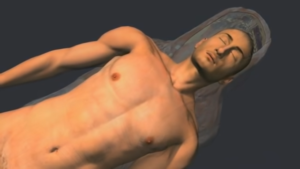
Mummification, a marvel devised by the ancient Egyptians, was an intricate process aimed at safeguarding the body for the journey beyond mortality. Unlike conventional practices, Herakleides’ mummification unfolded with unique nuances that have left scholars and enthusiasts alike in awe.
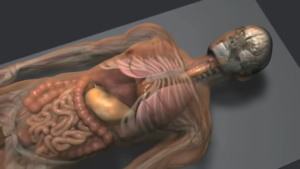
Traditionally, internal organs were excised, except for the heart—a symbolic core believed to house one’s essence. However, Herakleides’ case veers from convention; his heart was carefully removed, while the lungs remained untouched, adding an air of mystery to the process.
The journey into eternity continued with a 40-day sojourn under a blanket of salt, a time-honored technique to extract every last trace of moisture from the body. Perfumed oils and plant resins, imbued with spiritual significance, were then meticulously applied, turning the preservation process into a sacred ritual.
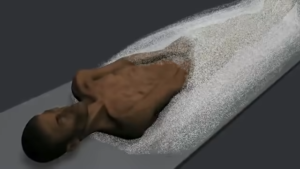
Layers of linen strips, bonded with copious amounts of resin, cocooned the body, securing it to a wooden board. In a departure from the norm, a mysterious pouch of potential religious import graced Herakleides’ chest, adding an extra layer of intrigue to his journey into the afterlife.
But perhaps the most captivating deviation from convention lies in the presence of an Ibis—a bird of reverence with a slender, down-curved bill—resting on Herakleides’ abdomen. Ibis mummies were often offerings to the gods, yet here we find a unique union of avian and human mortality.
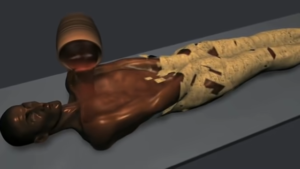
As the layers of linen and resin unfolded, a portrait panel of Herakleides emerged, guarding his face in perpetuity. A scarlet-hued shroud, a rarity among mummies, adorned his form, painted with an imported lead-based pigment—a distinctive touch that sets him apart in the annals of ancient preservation.
Egyptian symbols, pulsating with the promise of protection and rebirth, adorned the outer cloth, etched with pigments and embellished with gold—a visual testament to the religious tapestry woven into the mummification process.
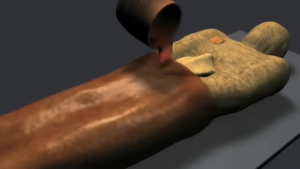
To complete this extraordinary journey, Herakleides’ name, scribed in Greek, found its place at his feet, anchoring his identity through the ages. Today, thanks to the unparalleled artistry of the ancient Egyptians, Herakleides’ body stands as a tangible link to a bygone era, inviting us to unlock the secrets of his extraordinary mummification process and peer into the depths of a civilization’s quest for immortality.




